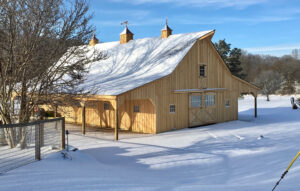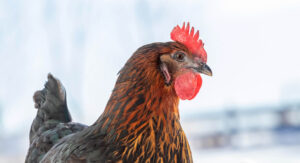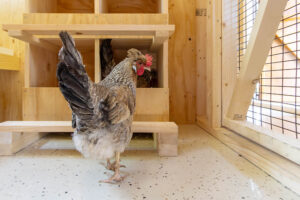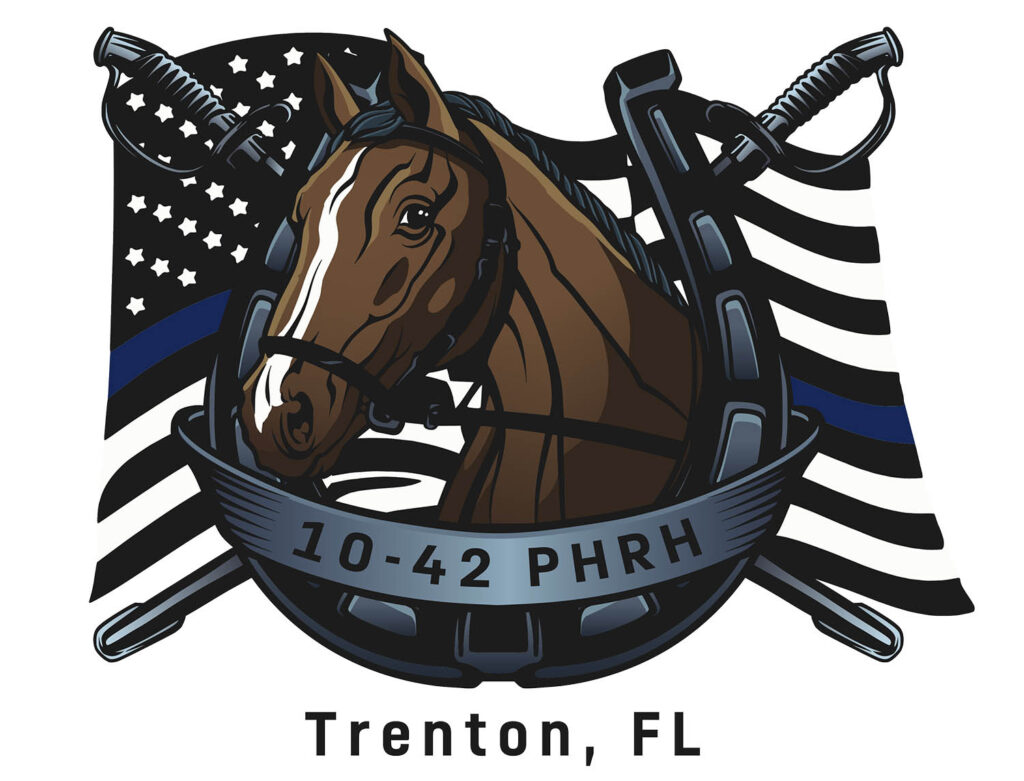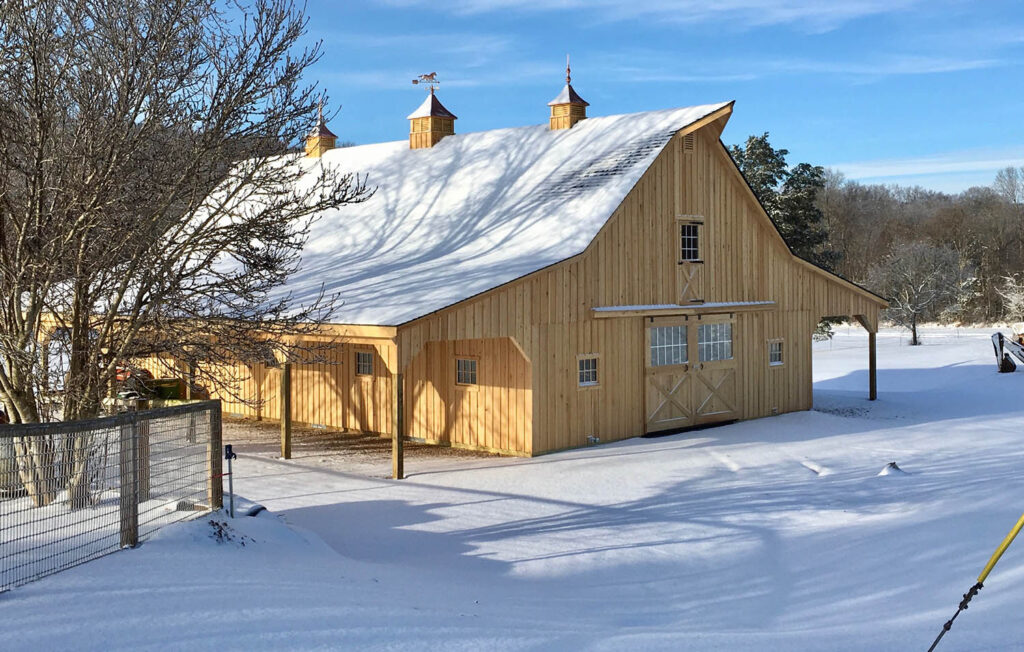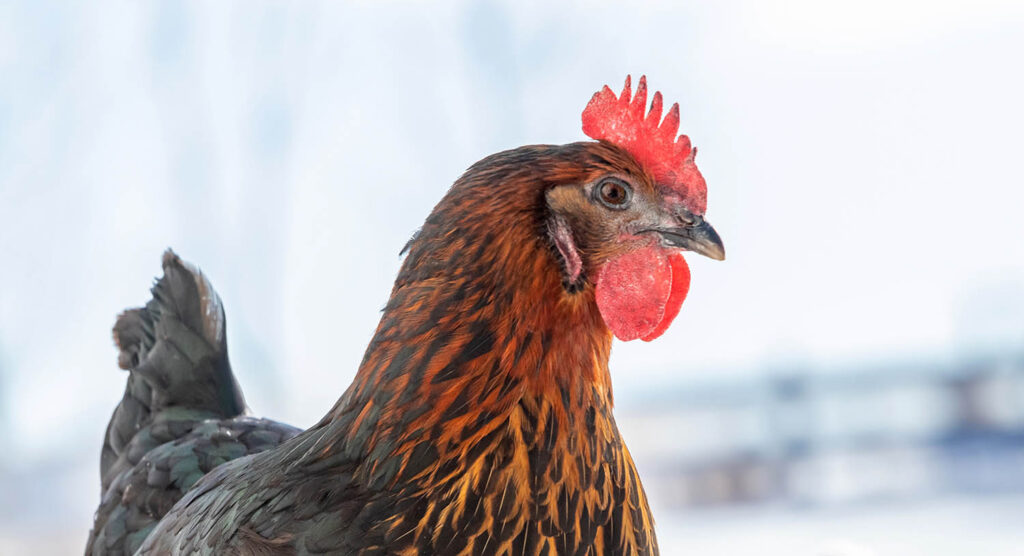The great thing about my job here at Horizon Structures (www.horizonstructures.com) is that I always have the chance not only to help customers with product selection but to also learn from the customer as well.
Yesterday during a conversation about chicken coops with a customer we were going over the dimensions and specifications of a couple of our chicken coops and she suddenly asked me if our coops were able to be used with the “deep litter” method. Of course I initially misunderstood her and thought she said “deep leader” method which led me to an internet search with no results about chickens.
Once the internet suggested deep litter I was on my way to an opportunity to learn.
As I am not completely versed in the subject, I hope that the information below may guide you to deciding if this is something you want to try. Of course, I welcome your comments and feedback to help me with anything I may miss or send me your suggestions of what you do on your own farm.
Basically, the deep litter method is a means using the browns and greens to create a compost pile of your chickens poop (the greens) mixed with (the browns) such as pine shavings (DO NOT USE CEDAR SHAVINGS) or Newspaper shreds/strips. Some people will use Hay or Straw which may be to moist for this application and may mold. This process happens right on your coop floor and for most people they only have to clean out their coops once or maybe twice a year. This is a great way to manage chicken litter for small farmers or even people in urban areas.
You will find that the deep litter method works best in coops with a earthen floor. If you have a coop with a floor in it you will need to put the material you clean out in a compost bin to break down farther and avoid damaging your plants. The key here is the dirt floor in the coop which supplies the moisture and culture to keep the compost process going. If you are using a dirt floor coop and find material that is more fresh on your semi-annual or annual clean out. You will also want to put that material in a compost bin for a period of time before applying to a garden.
As for the smell you may be expecting from having this build up in your coop? It is impoortant to maintain a good balance of fresh shavings on the coop floor to keep the moisture to a minimum. Let the chicken’s do some work for you too. Tossing some corn or feed on the floor will get the chickens scratching which they like to do anyway. This will help the aeration process. From what I have read, people report a very minimal if any ammonia smell at all.
You may wonder what some of the benefits are of the deep litter method. Here are a few for you.
*There is very little time needed to manage this process
*Low cost compost for your gardens and flower beds
*No smell
*Heathier Chickens as they benefit from scratching through the litter which contains beneficial microbes. Kind of like probiotics for the chickens.
Please note that as a standard all of our Horizon Structures coops come with a wood or gladbord floor installed in them.
If this is something you would like to try, lets talk about our 6×6,8×8 or even our 8×10 chicken mansion coop. We’ll work with you to modify the coop if you want to place on a natural earth base.
Also remember that we can modify any of our storage sheds to accomodate your chickens. We can add extra chicken doors, roost bars and nest boxes to get you the coop you want.
I look forward to your comments on this topic.
Remember: Happy, Healthy Chickens Lay More Eggs.



